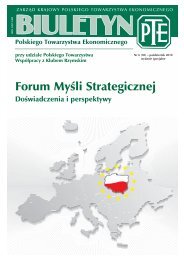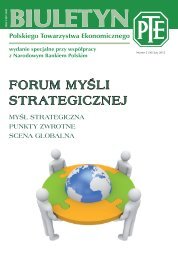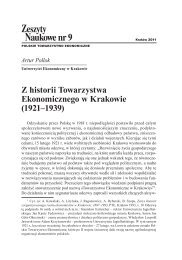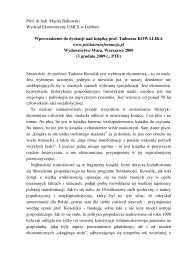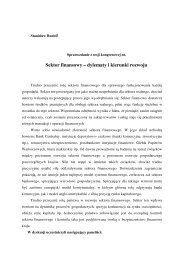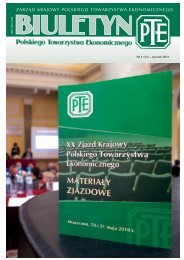NESTA PROJECT: FINE ARTSITS AND INNOVATION
NESTA PROJECT: FINE ARTSITS AND INNOVATION
NESTA PROJECT: FINE ARTSITS AND INNOVATION
You also want an ePaper? Increase the reach of your titles
YUMPU automatically turns print PDFs into web optimized ePapers that Google loves.
Interpretation, on the other hand, is a process of mutual<br />
understanding arrived at through exploratory conversations<br />
with a variety of collaborators. It is less about solving clearly<br />
defined problems than initiating and guiding conversations.<br />
Others find similar processes to be important in design, with<br />
Verganti (2003) arguing that: “design is the brokering of<br />
languages”.<br />
Ikujoro Nonaka and Hirotake Tekeuchi have looked at the<br />
innovation process in Japanese manufacturing industry,<br />
though their findings have a wider resonance. According to<br />
Nonaka, making personal or tacit knowledge available to<br />
others is the central activity of the ‘knowledge-creating<br />
company’. But this process of converting tacit knowledge<br />
into explicit or codified knowledge resembles creative<br />
practice rather than an analytical approach, where<br />
alternatives are well understood and clearly defined.<br />
“First by linking contradictory things and ideas through<br />
metaphor; then by resolving these contradictions<br />
through analogy; and finally, by crystallizing the<br />
created concepts and embodying them in a model,<br />
which makes the knowledge available to the rest of the<br />
company” (Nonaka 1991:101).<br />
Similarly, attitudes to risk (Bryce et al., 2004) and tolerance of<br />
ambiguity appear to be essential to the interpretative mode<br />
of innovation, whereas a more analytical approach would<br />
proceed by reducing ambiguity and eliminating risk. Lester<br />
and Piore (2004) go so far as to claim that: “ambiguity is the<br />
critical resource out of which new ideas emerge”. It is this<br />
ambiguity that makes ‘the conversation worth having’, not<br />
the actual exchange of information. If the conversation is<br />
narrowed or closed off too soon, and the ambiguity<br />
eliminated, potential innovations can be lost.<br />
This matters for contemporary studies of innovation because<br />
it recognises that innovation is not solely the province of the<br />
firm or the inventor, but is a collective process. Recognising<br />
the scope and potential of cross-sectoral industry learning<br />
30




